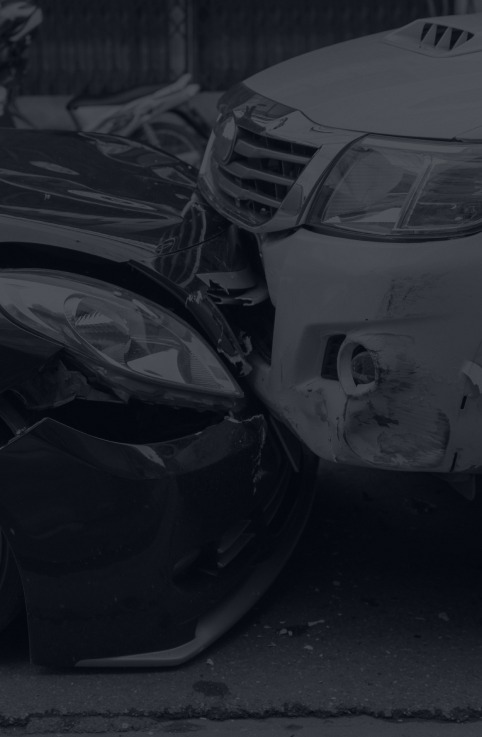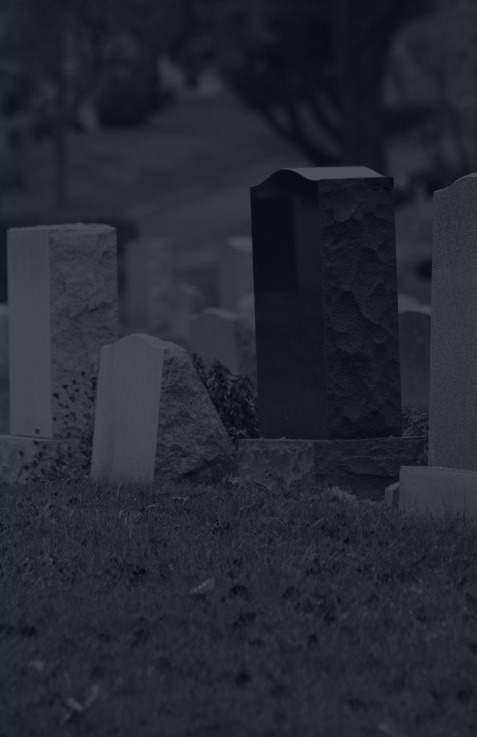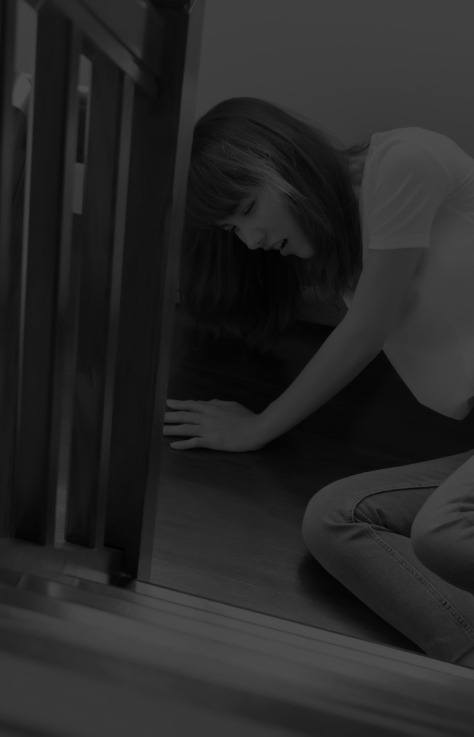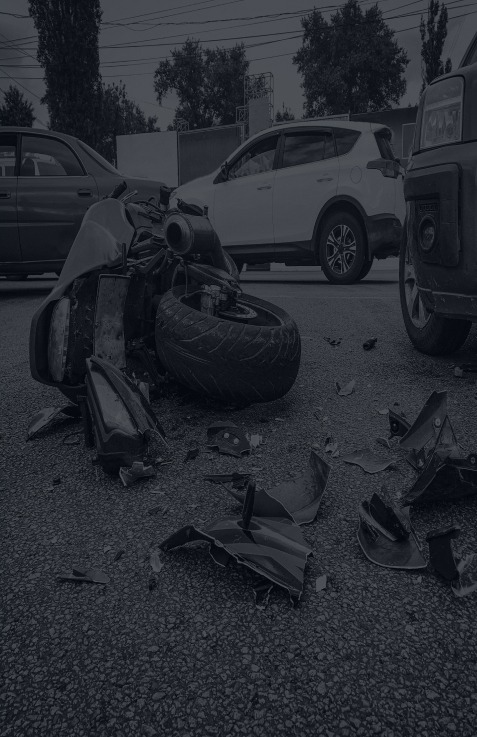By 2008, we had added two lawyers and employed a team of 15 staff members. It was at this time that we began to focus our practice on personal injury cases. We realized that helping accident victims was far more personally fulfilling than the area of law we had been practicing.
By 2017, the firm grew to include 10 lawyers spread across three law offices. There were two offices in Tucson, Arizona, and a third office in Phoenix, Arizona. Today, we continue to serve personal injury victims living and/or working in and around Tucson, Phoenix, Nogales, Sierra Vista, Douglas, Yuma, Flagstaff, and Northern Arizona. We also serve Glendale, Casa Grande, Scottsdale, Mesa, Chandler, Gilbert, Tempe and the entire Phoenix Metro area.











